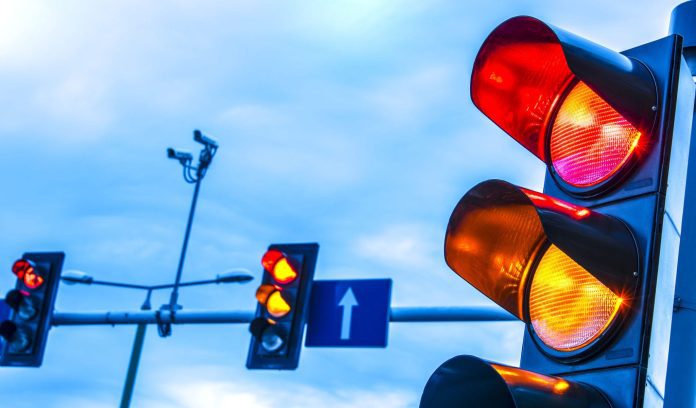Smart traffic management systems will save cities $277 billion by 2025, by reducing traffic congestion. The figure is a rise of 55 percent on the 2021 savings forecast, of $178 billion in 2021. Traffic emissions will be reduced alongside. The uplift will come mainly through wider enablement of smart traffic intersections.
The forecast is from a new study by Juniper Research, which says over 95 percent of the $277 billion in savings in 2025 will be down to reducing traffic congestion. More than 75 percent of savings will come in North America and Europe, as a consequence of higher traffic volumes and higher investments in IoT-based technologies.
By 2025, the report says the average motorist will spend 33 hours less in traffic each year because of connected and automated traffic lights, particularly in areas of high traffic, managing traffic flows in real-time with advanced analytics software.
The research argues that vehicle-to-everything (V2X) technologies, leverage cellular connectivity, are critical to the enhancement of existing smart traffic management services. It predicts V2X connectivity will enable smart traffic management platforms to gather data directly from vehicles, rather than relying on traditional traffic actuation methods.
Juniper Research predicts closer integration of various automotive services into smart traffic management, notably smart parking. Investment in smart parking will reach $1 billion by 2025, rising from $460 million in 2021. The firm says smart parking will focus on the connectivity between parking sensors, management platforms, and end users, and suggests vendors should focus on smart displays showing live parking availability information.

